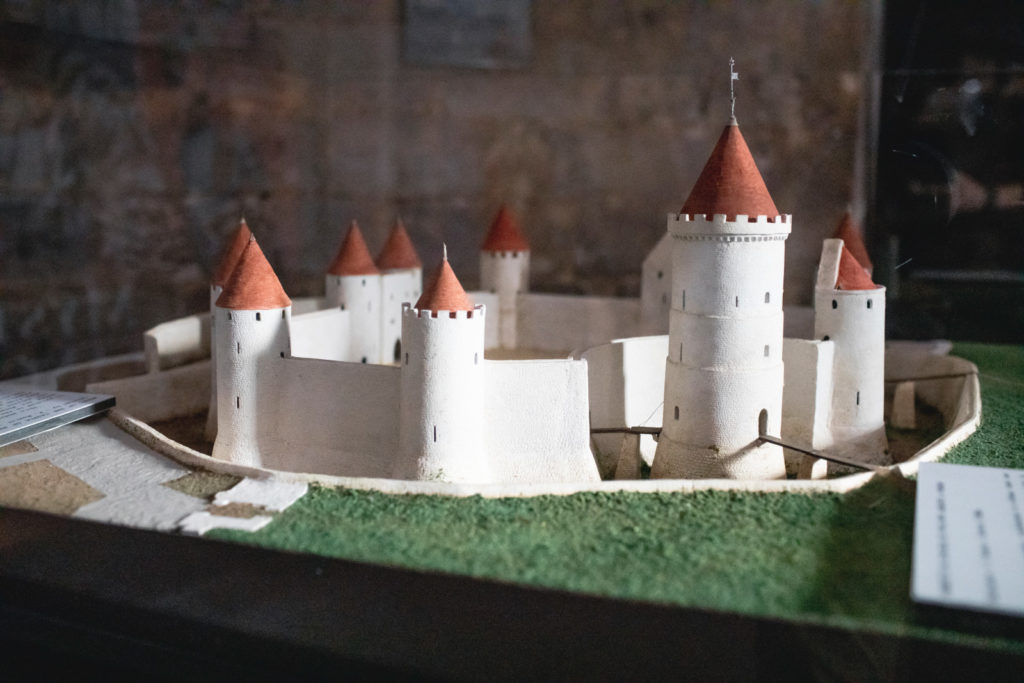An example of Philippe Augustus-style architecture
The architectural work of a Capetian
The Donjon, also known as the Tour Jeanne d’Arc, is a perfect example of Philip Augustus architecture.
During his reign, Philip Augustus implemented a large-scale building programme throughout the royal domain. He had a corps of engineers at his service, who carried out a great deal of work on repairing fortifications, building new enclosures and constructing defensive towers. A total of 27 circular towers are attributed to this corps. All of them follow the same architectural principles.
The Donjon is the castle's main tower and has all the characteristics of the towers built by Philip Augustus.

The circular Donjon is the most imposing tower at the castle. It is located at the corner of the castle and is isolated from the rest of the fortress by a special moat. The Donjon is approximately 30 metres high and 14 metres in diameter, with stone walls that are 4.20 metres thick.
The interior layout of the tower also follows the Philip Augustus model in every respect: a well and a fireplace are present on the ground floor of the building. A spiral staircase leads to the upper floors.
The rooms in the Donjon illustrate the mixed character of Philip Augustus-style towers, which are both defensive and residential.